Headless CMS for Nonprofits: Delivering Impactful Campaigns Online

Introduction
Nonprofits today face increasing pressure to create meaningful online experiences to engage donors, attract volunteers, and amplify their mission. A strong digital presence is critical to running impactful campaigns that reach the right audiences effectively. However, traditional content management systems (CMS) often lack the flexibility, scalability, and efficiency nonprofits need to achieve these goals.
Headless CMS presents an innovative solution for nonprofits to overcome these limitations. By separating the backend content management from the frontend presentation, Headless CMS enables dynamic content delivery across platforms, ensuring seamless and scalable online campaigns. This blog explores how Headless CMS can transform nonprofit operations and help organizations make a greater impact online.
Challenges Faced by Nonprofits with Traditional CMS
Limited Resources
Many nonprofits operate on tight budgets and with limited technical expertise. Traditional CMS platforms often require significant time and resources to maintain, making it challenging for smaller teams to keep up with updates, plugins, and customizations.
Performance Issues
Traditional CMS systems can lead to slow-loading websites, especially during peak traffic periods like fundraising events. These delays not only frustrate users but can also result in missed donations and decreased engagement.
Scalability Problems
As nonprofits grow and their campaigns gain traction, their websites need to handle increased traffic. Traditional CMS platforms often struggle to scale effectively, leading to downtime or degraded performance.
Lack of Flexibility
With predefined templates and limited customization options, traditional CMS platforms can hinder nonprofits from creating engaging and personalized campaigns. This rigidity makes it difficult to stand out in a competitive digital landscape.
Inefficient Content Distribution
Nonprofits need to communicate across various platforms, including websites, social media, and email. Traditional CMS systems often lack the tools needed for seamless multi-channel content delivery, leading to inconsistent messaging and inefficiencies.
Why Nonprofits Should Adopt a Headless CMS
A Headless CMS provides nonprofits with the tools they need to streamline content management and deliver impactful campaigns. By centralizing content, nonprofits can update websites, social media, and emails simultaneously, ensuring consistent messaging.
With enhanced user experiences, such as faster load times and mobile-first designs, donors and volunteers can engage more easily across devices. The ability to conduct multi-channel outreach allows nonprofits to maximize their reach by delivering content seamlessly to all platforms.
During high-traffic campaigns, a Headless CMS ensures scalability, keeping websites functional and responsive even under heavy loads. Additionally, integration with third-party tools like CRMs and donation platforms simplifies operations and improves campaign tracking. Platforms like Orbitype provide these capabilities, making it easier for nonprofits to manage campaigns effectively and grow their impact.
When selecting a Headless CMS, nonprofits should prioritize the following features:
Ease of Use: A simple and intuitive interface for non-technical team members to manage content efficiently.
Multi-Channel Support: The ability to publish content across websites, mobile apps, and social media simultaneously.
Scalability: Support for handling increased traffic during large campaigns.
Integration Capabilities: Compatibility with CRMs, fundraising platforms, and analytics tools.
Cost Efficiency: Affordable pricing plans tailored to nonprofits with limited budgets.
Steps to Transition to a Headless CMS
Evaluate Needs
Assess the limitations of your current CMS and identify goals such as improved scalability, faster content delivery, and better user experiences.
Choose the Right Platform
Select a Headless CMS that aligns with your organization’s specific needs. Orbitype, for example, offers flexibility, scalability, and robust multi-channel publishing capabilities tailored for nonprofits.
Plan Migration
Create a roadmap for migrating content, ensuring a smooth transition without data loss. Include plans for integrating third-party tools and training staff.
Train Your Team
Equip your team with the knowledge and resources needed to effectively use the new CMS. This ensures they can manage campaigns and content independently.
Monitor and Optimize
After the migration, use analytics tools to track website performance and campaign success. Continuously optimize content and strategies based on data insights.
Conclusion
Nonprofits looking to amplify their impact and streamline their operations should consider adopting a Headless CMS. By enabling centralized content management, seamless multi-channel outreach, and dynamic scalability, a Headless CMS empowers nonprofits to deliver impactful online campaigns that drive donations, attract volunteers, and raise awareness.
Platforms like Orbitype are designed to help nonprofits overcome the challenges of traditional CMS systems, offering an innovative, scalable solution to meet their digital needs. By transitioning to a Headless CMS, nonprofits can focus on what matters most: making a difference.
Ready to Transform Your Nonprofit’s Online Presence?
Discover Orbitype for Nonprofits: Visit Our Website
Try Orbitype for Free: Register Here
Join the Community: Orbitype Discord
Follow Us for More Insights:
Read more
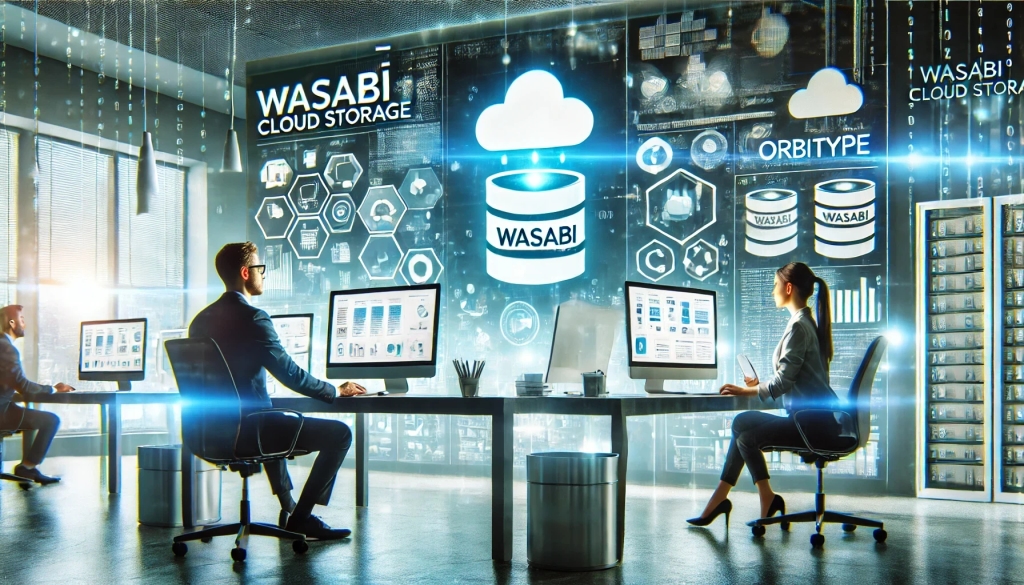
Seamless Data Management: Integrating Wasabi Cloud Storage with Orbitype
Boost your CMS performance with Wasabi Cloud Storage and Orbitype integration. Learn how this cost-effective, scalable solution enhances data management and delivers exceptional results.
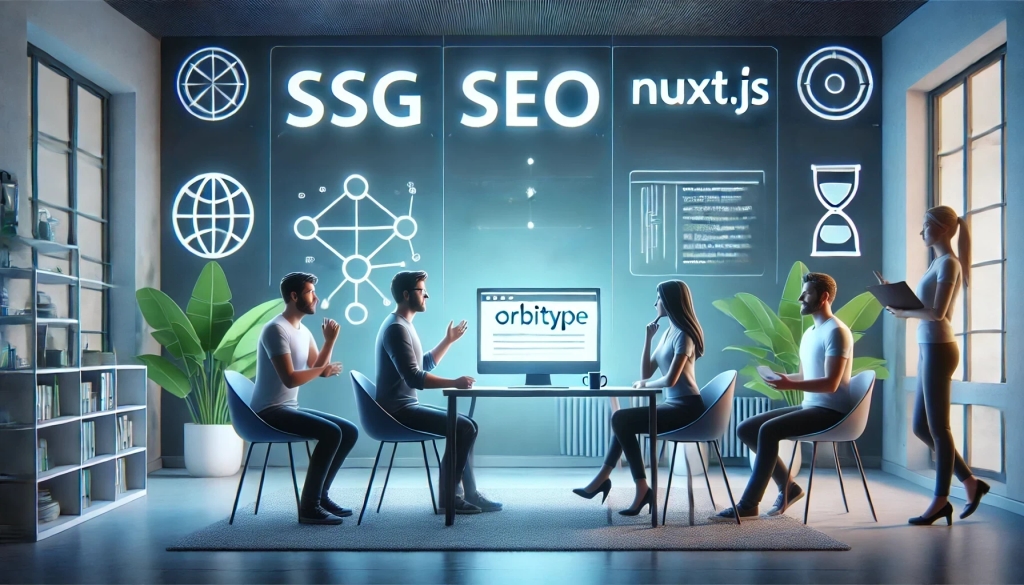
Integrating Orbitype with Nuxt.js for Optimal Performance and SEO
Leveraging Orbitype, a robust headless CMS, with Nuxt.js, a Vue.js framework, provides developers a powerful solution for building fast, SEO-optimized websites. This blog post explores how the integration of Orbitype and Nuxt.js harnesses the benefits of static site generation (SSG) and server-side rendering (SSR), thanks to Orbitype's API-driven content management system.
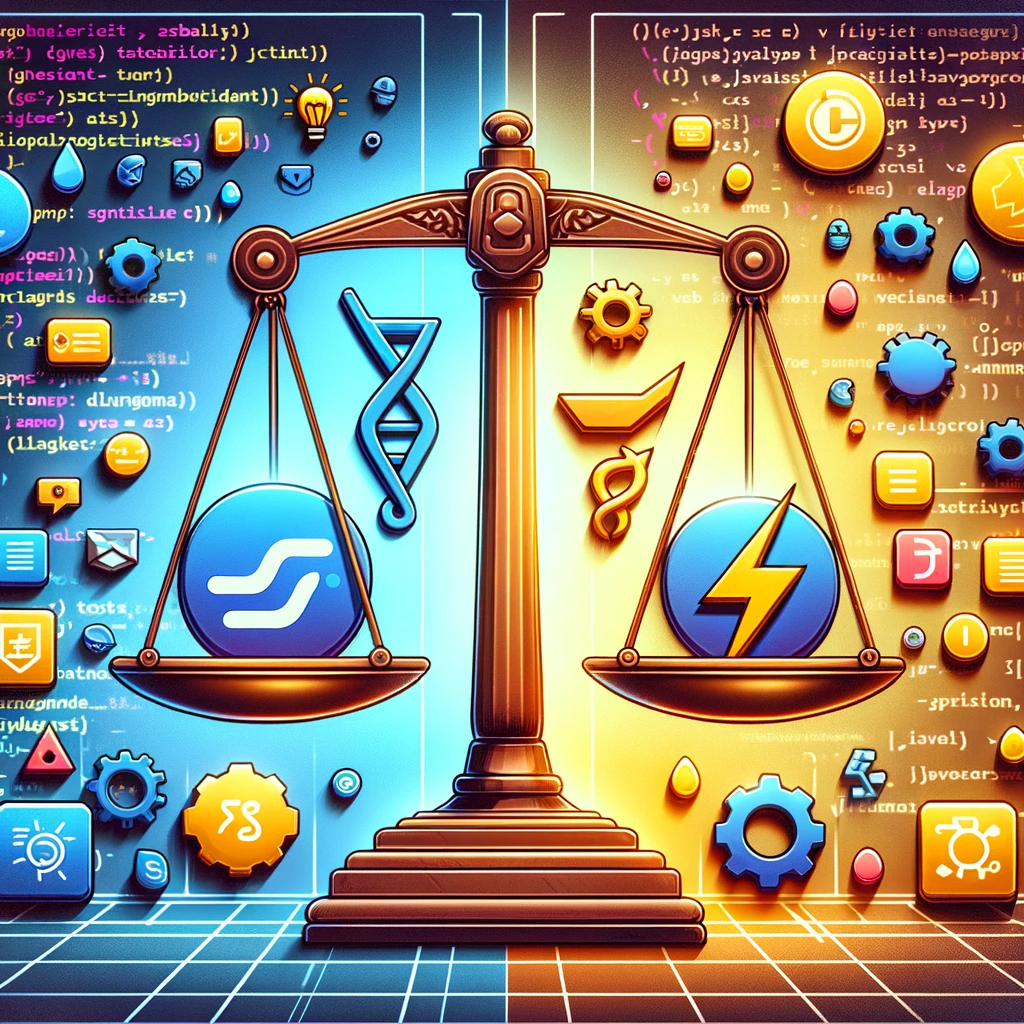
TypeScript vs. JavaScript
Discover the synergy between TypeScript and JavaScript for web development. Learn how Orbitype supports Nuxt CMS, headless CMS for Nuxt, and future-ready digital trends.
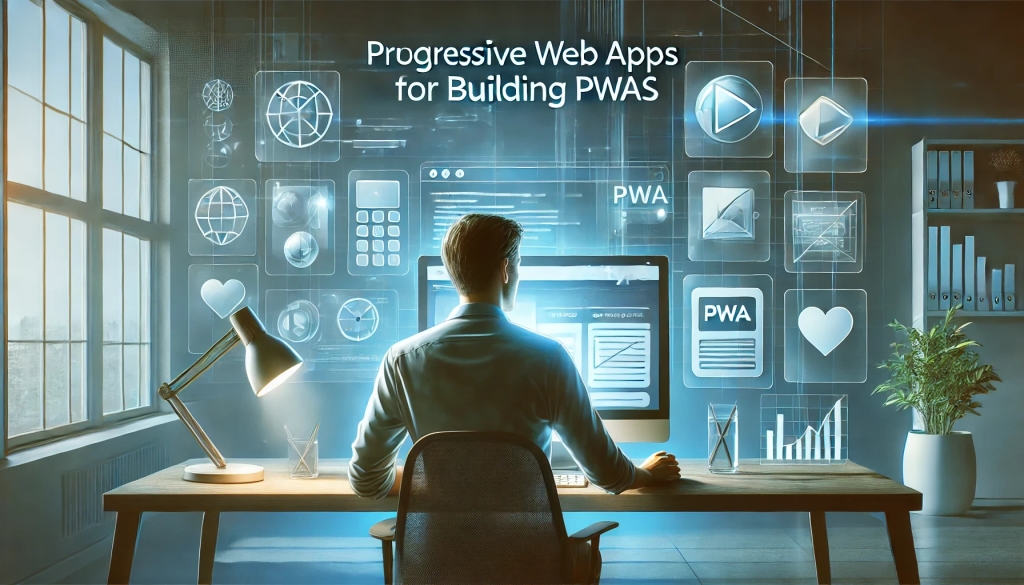
Building Progressive Web Apps (PWAs) with Orbitype
Explore how Orbitype enhances Progressive Web Apps (PWAs) with optimized performance, offline capabilities, and seamless content management for superior user experiences.
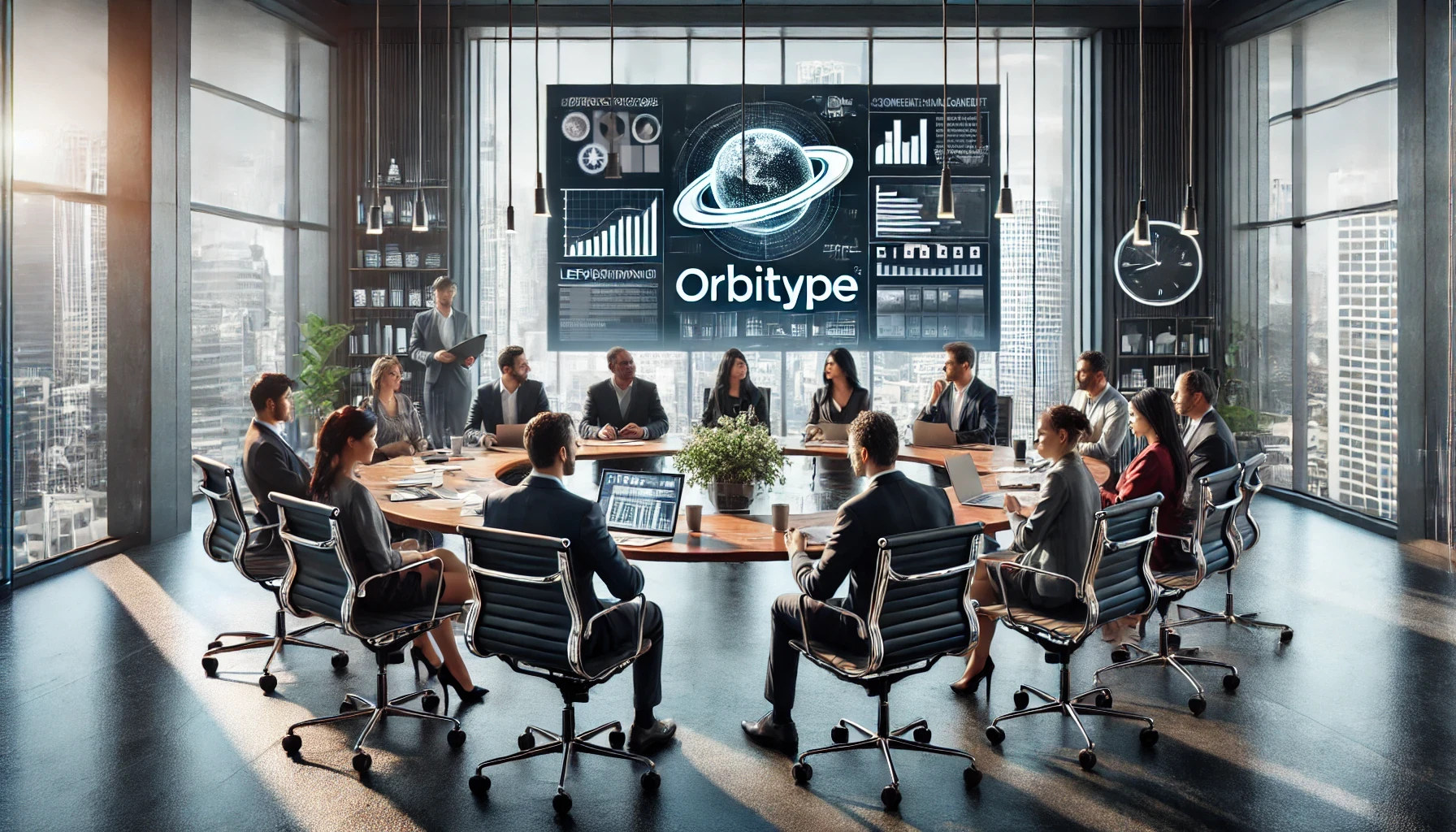
Leveraging Orbitype for Efficient Content Management in E-Commerce
nhance your e-commerce performance with Orbitype CMS. This scalable headless CMS simplifies content management, boosts SEO, and seamlessly integrates with Shopify, WooCommerce, and Magento for dynamic, flexible solutions.

Mastering Third-Party Integrations with a Headless CMS for Efficient Workflows
Streamline workflows and scale your business with seamless third-party integrations using Orbitype's flexible headless CMS—designed for efficiency, automation, and growth.
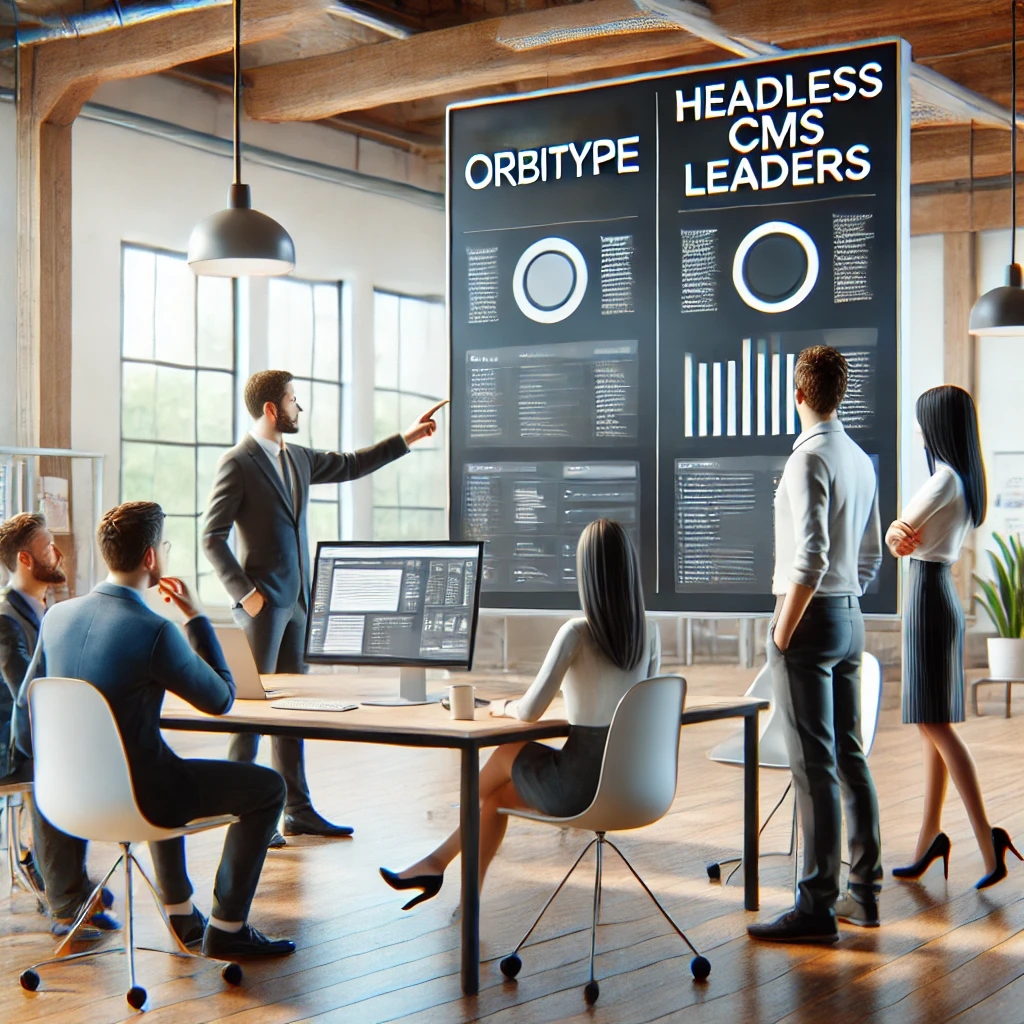
How Orbitype Compares to Headless CMS Leaders in 2025
Struggling to choose the best CMS? Discover how Orbitype compares to headless CMS leaders in 2025, solving complexity and scalability challenges with ease. Try Orbitype!
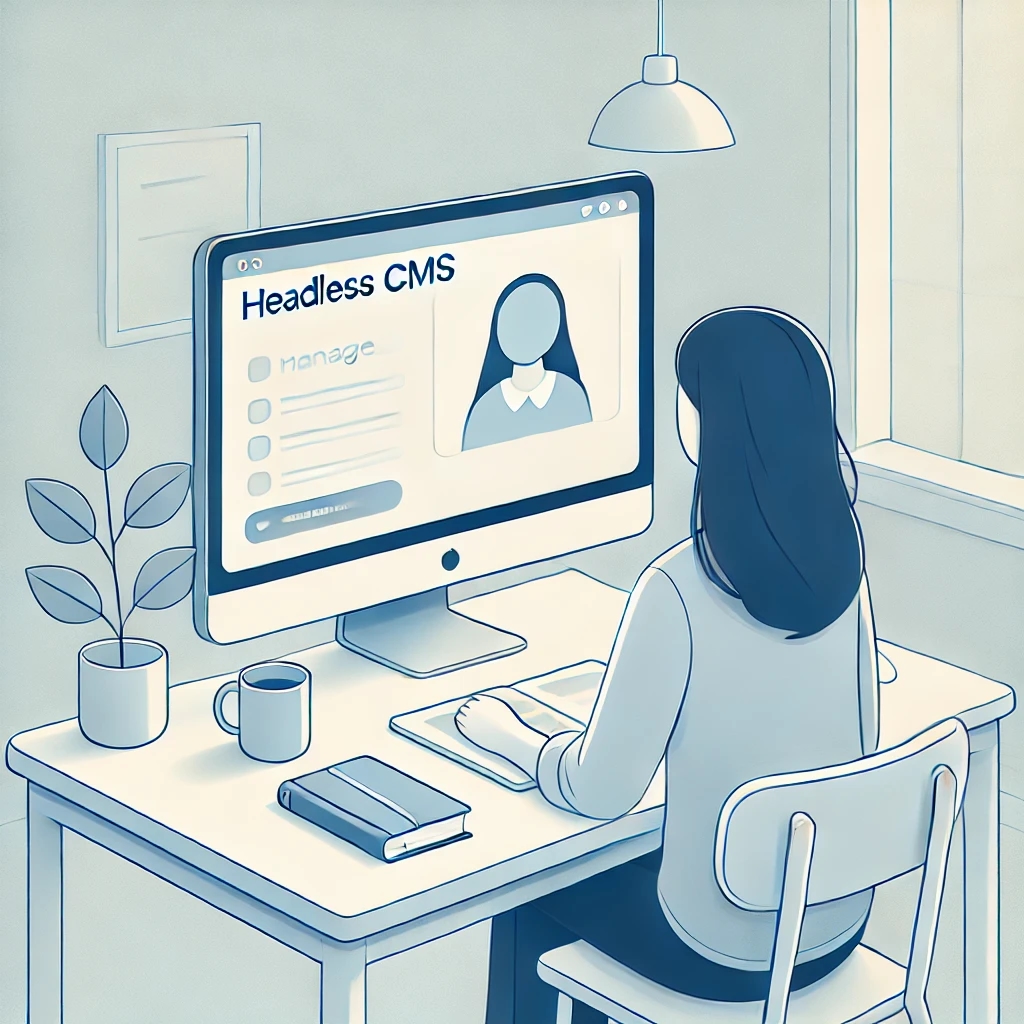
How Educational Institutions Benefit from Headless CMS for Online Learning
Enhance online learning with a Headless CMS. Discover how centralized content management, scalability, and seamless multi-channel access can transform educational platforms.
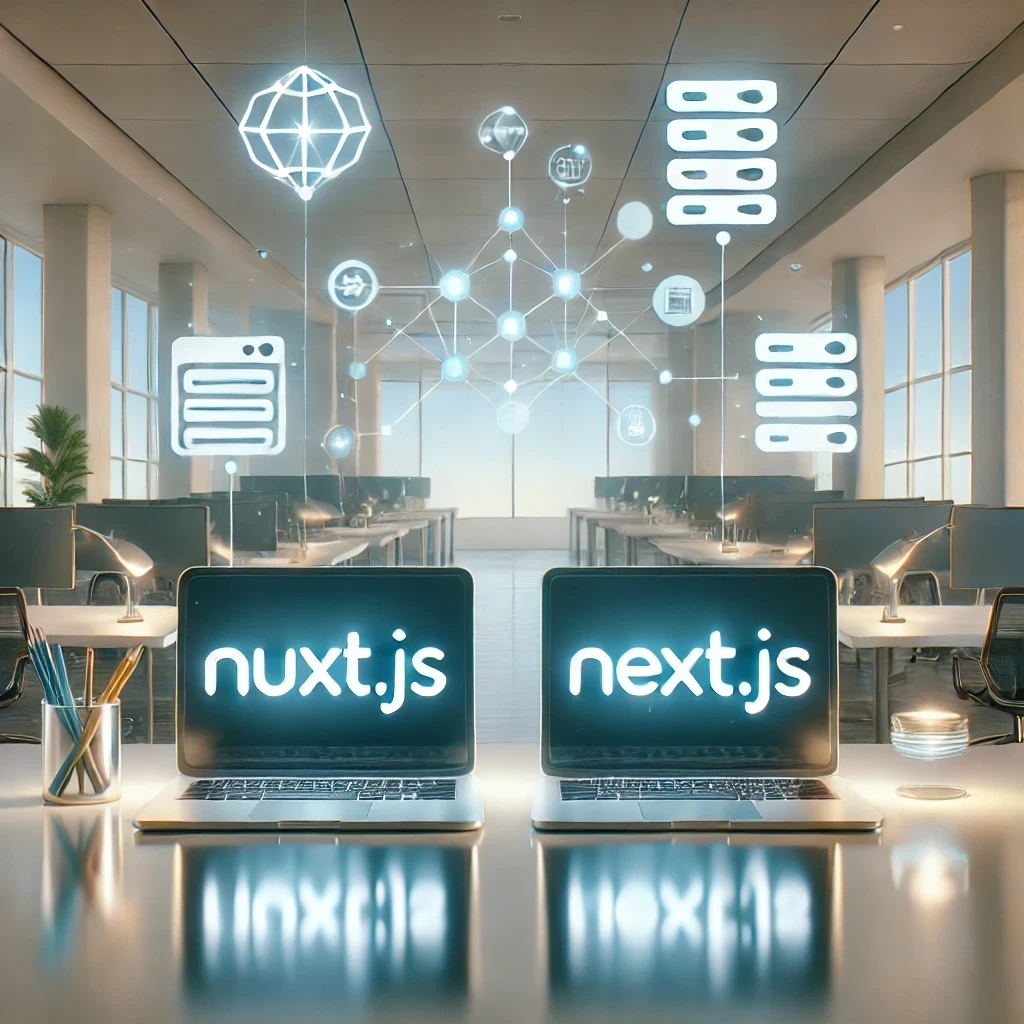
Nuxt vs Next: Which Framework Works Best with Headless CMS?
Compare Nuxt.js and Next.js to find the best frontend framework for your Headless CMS. Discover which offers better performance, scalability, and flexibility for dynamic web projects.
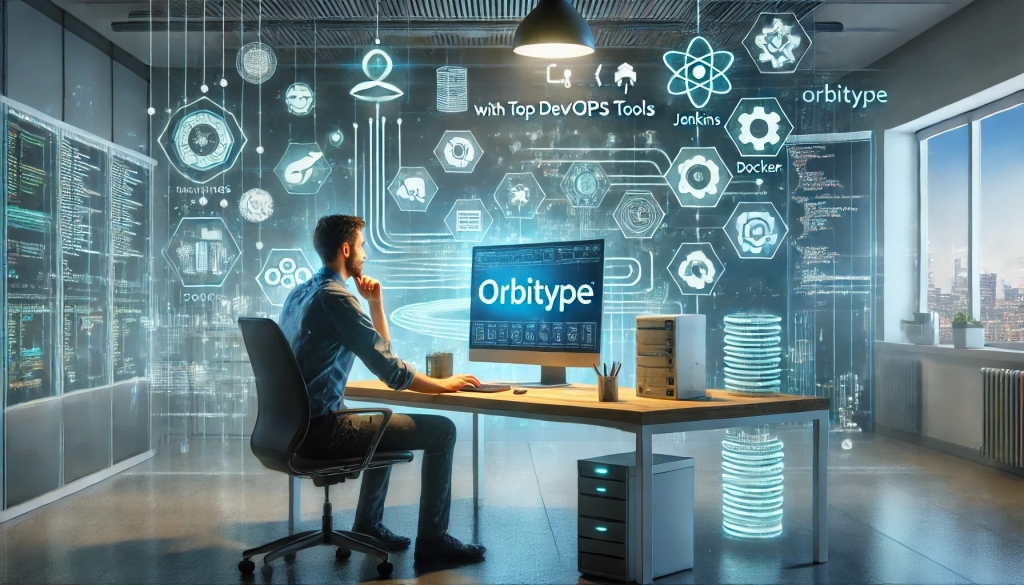
Streamlining Development: Integrating Orbitype with Top DevOps Tools
Discover how to integrate Orbitype with leading DevOps tools like Jenkins, Docker, and Kubernetes. Learn best practices for automating deployments, containerizing Orbitype, and scaling efficiently while streamlining workflows for continuous integration and delivery.
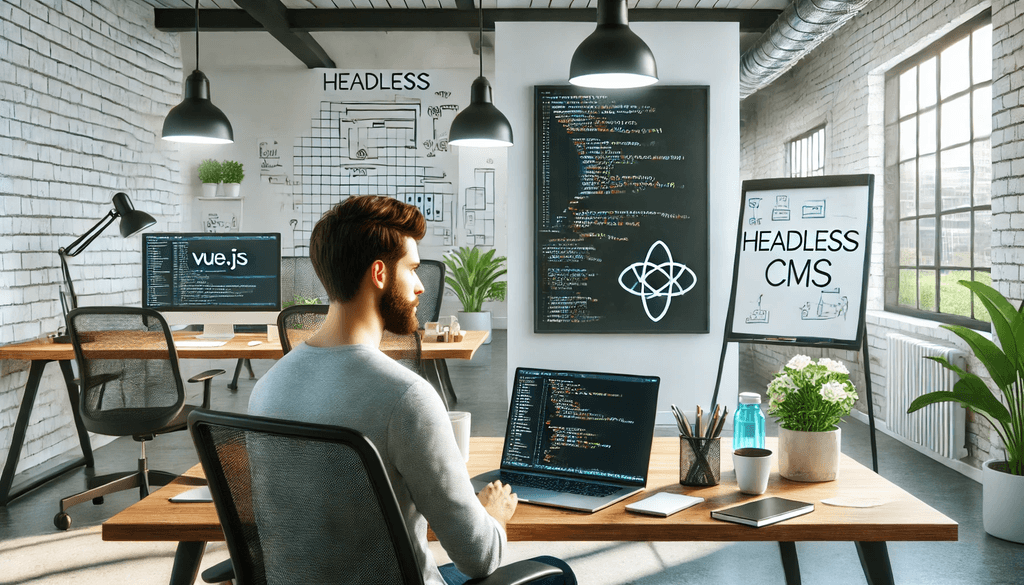
Building High-Performance Vue Apps with a Headless CMS
Discover how to optimize Vue.js apps with a Headless CMS for high performance, scalability, and SEO. Learn best practices and tools for creating dynamic web apps.

SQL or NoSQL: What's Best for Mobile Applications Using Orbitype?
Explore Orbitype, the ultimate headless CMS for React developers, offering seamless content management, enhanced performance, and flexibility to create dynamic web applications with ease. Learn how Orbitype simplifies workflows and boosts productivity.
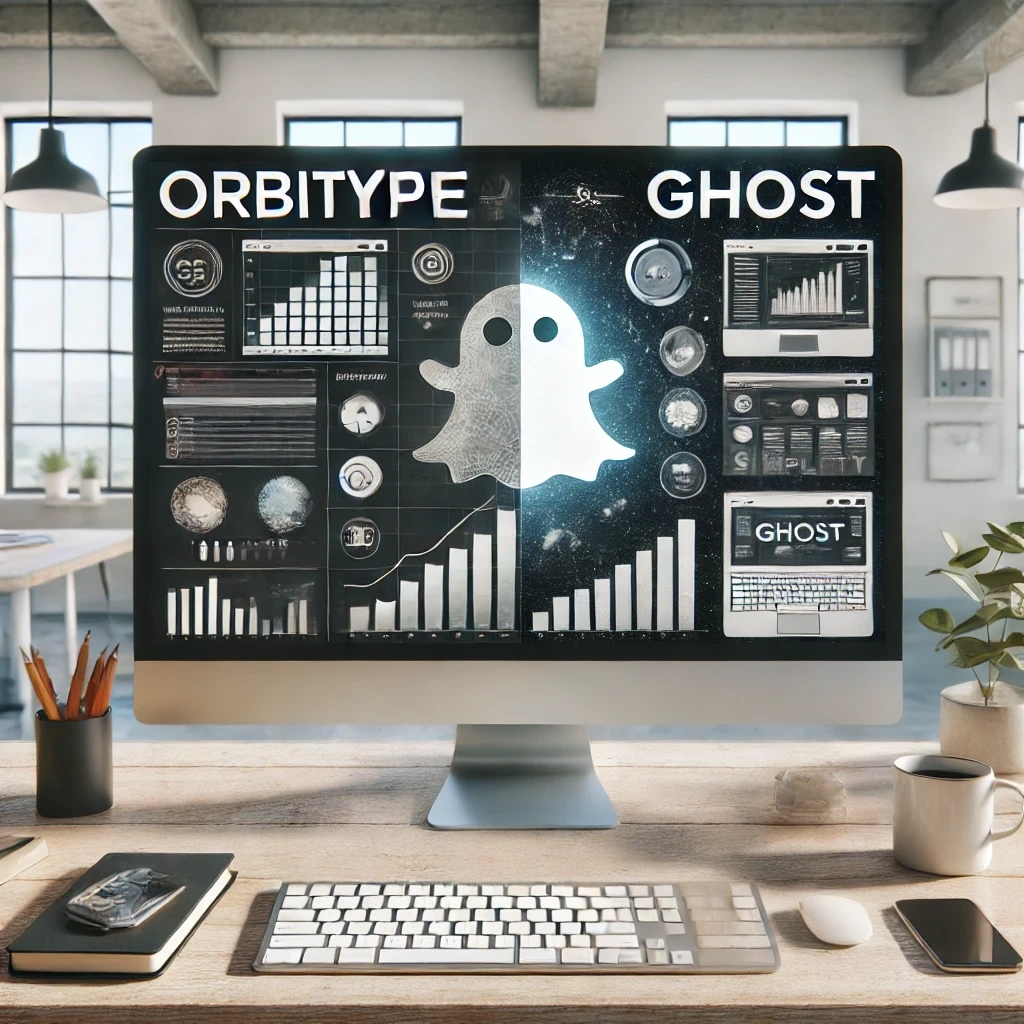
Comparing Orbitype and Ghost: Best CMS for Blogging in 2025
Compare Orbitype and Ghost to find the best CMS for blogging in 2025. Discover which platform suits your goals, from scalability to simplicity and dynamic content
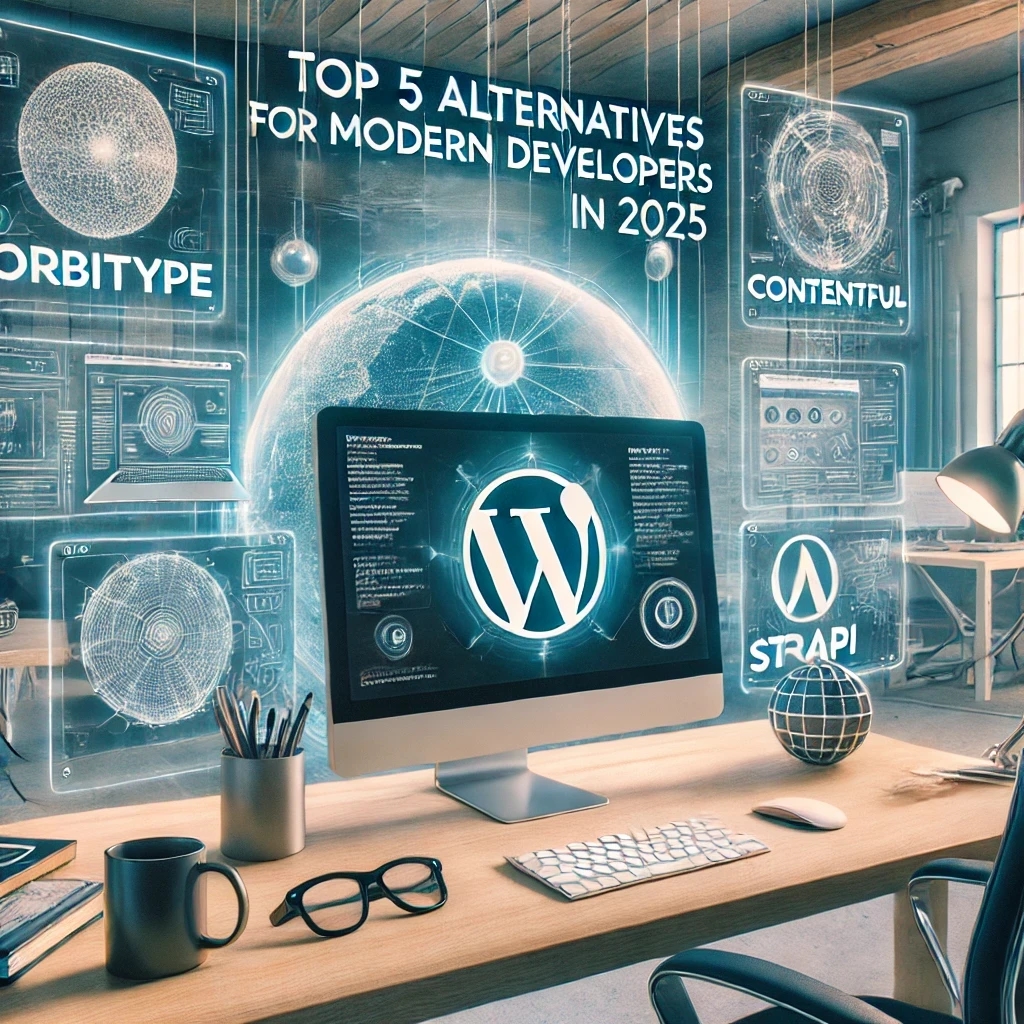
Top 5 Alternatives to WordPress for Modern Developers in 2025
Discover the top WordPress alternatives for 2025, including Orbitype, Contentful, and Strapi. Explore modern CMS platforms offering scalability, flexibility, and cutting-edge tools for developers.

Security and Compliance in Headless CMS: Focus on Orbitype
Explore headless CMS security with Orbitype: advanced authentication, data encryption, and compliance with GDPR & CCPA. Learn best practices for secure CMS operations.

10 Tips for Optimizing Core Web Vitals in Headless CMS Websites
Discover 10 actionable tips to optimize Core Web Vitals for Headless CMS websites. Improve performance, SEO, and user experience with these essential strategies.
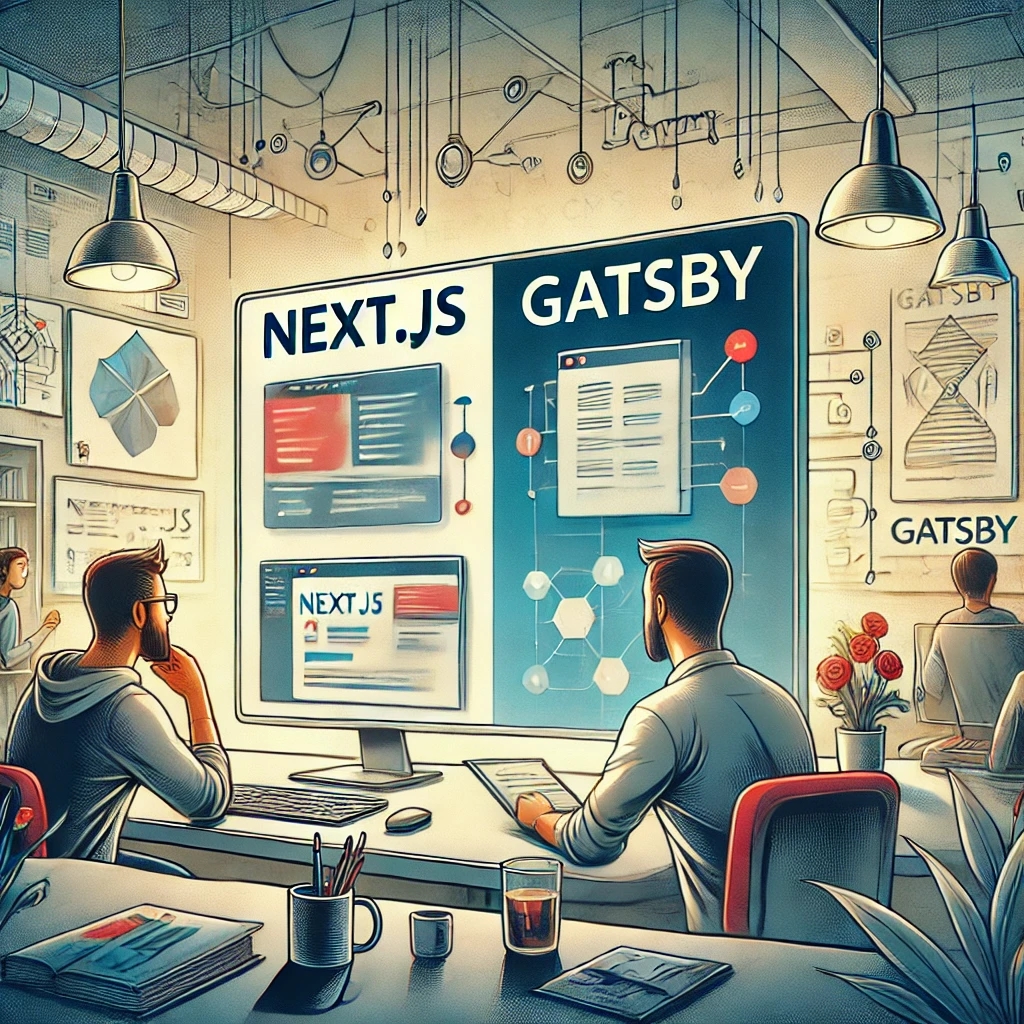
Next.js vs Gatsby: Which Works Best With a Headless CMS?
Choosing between Next.js and Gatsby can be challenging when working with a Headless CMS. This guide breaks down their strengths and helps you decide which framework works best for your dynamic or static content needs.

CMS for Vue.Js - Orbitype Headless CMS
Explore Orbitype, the best Headless CMS for Vue.js, offering seamless API integration, dynamic content management, and unmatched performance for interactive front-end development.
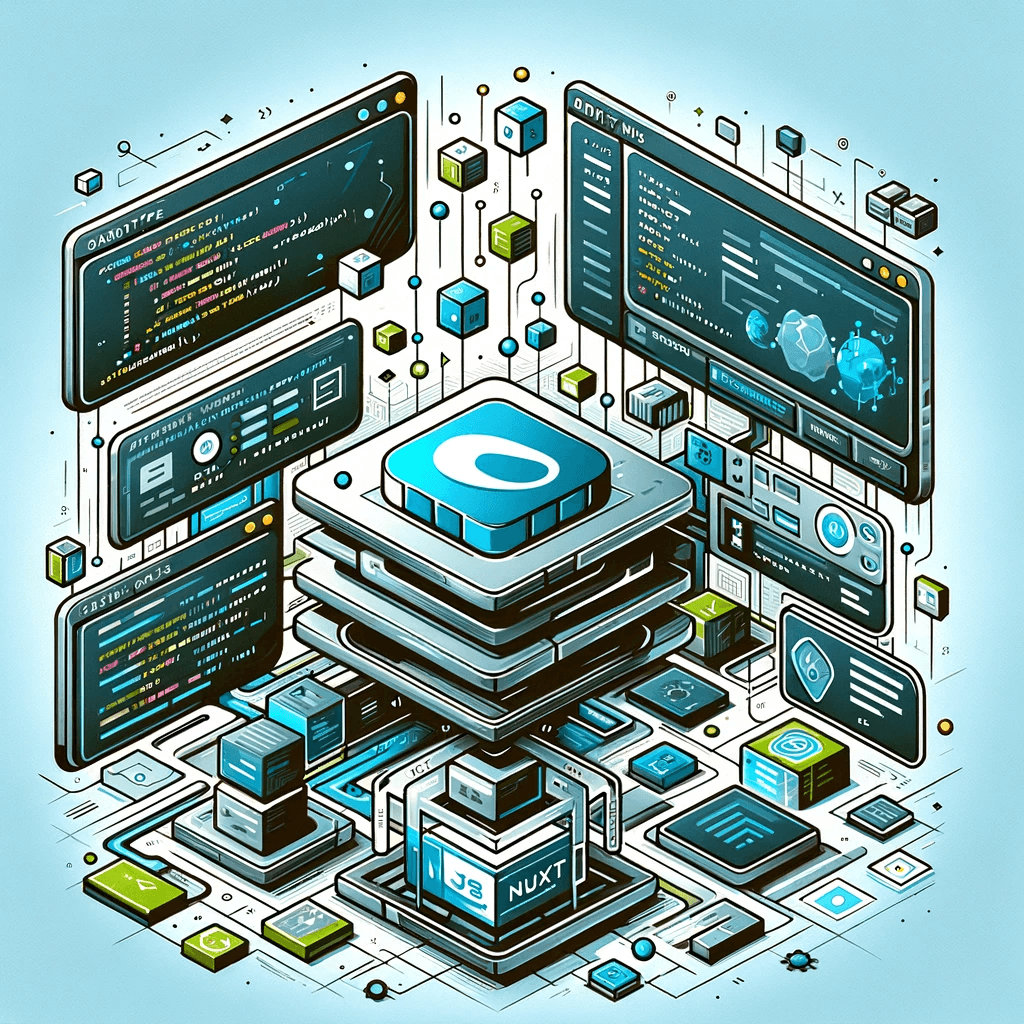
CMS for Nuxt - Orbitype Headless CMS
Optimize your Nuxt.js projects with Orbitype, the API-first Headless CMS offering scalable content management, multimedia repositories, and enhanced SEO for modern web applications.
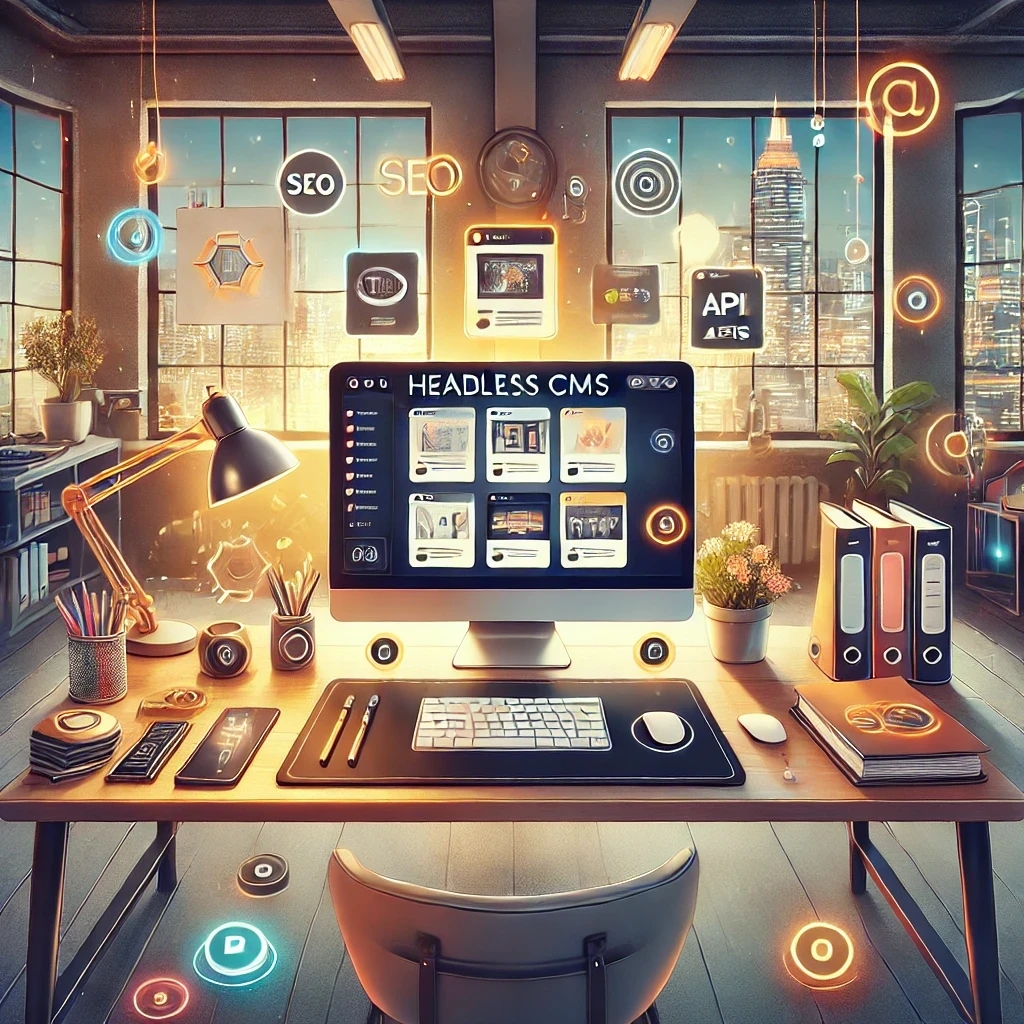
Best Headless CMS Solutions for Portfolio and Personal Websites
Showcase your work with ease using Orbitype—the ultimate Headless CMS for portfolio and personal websites. Enjoy seamless integration, powerful customization, and SEO-friendly features designed for creators and developers.
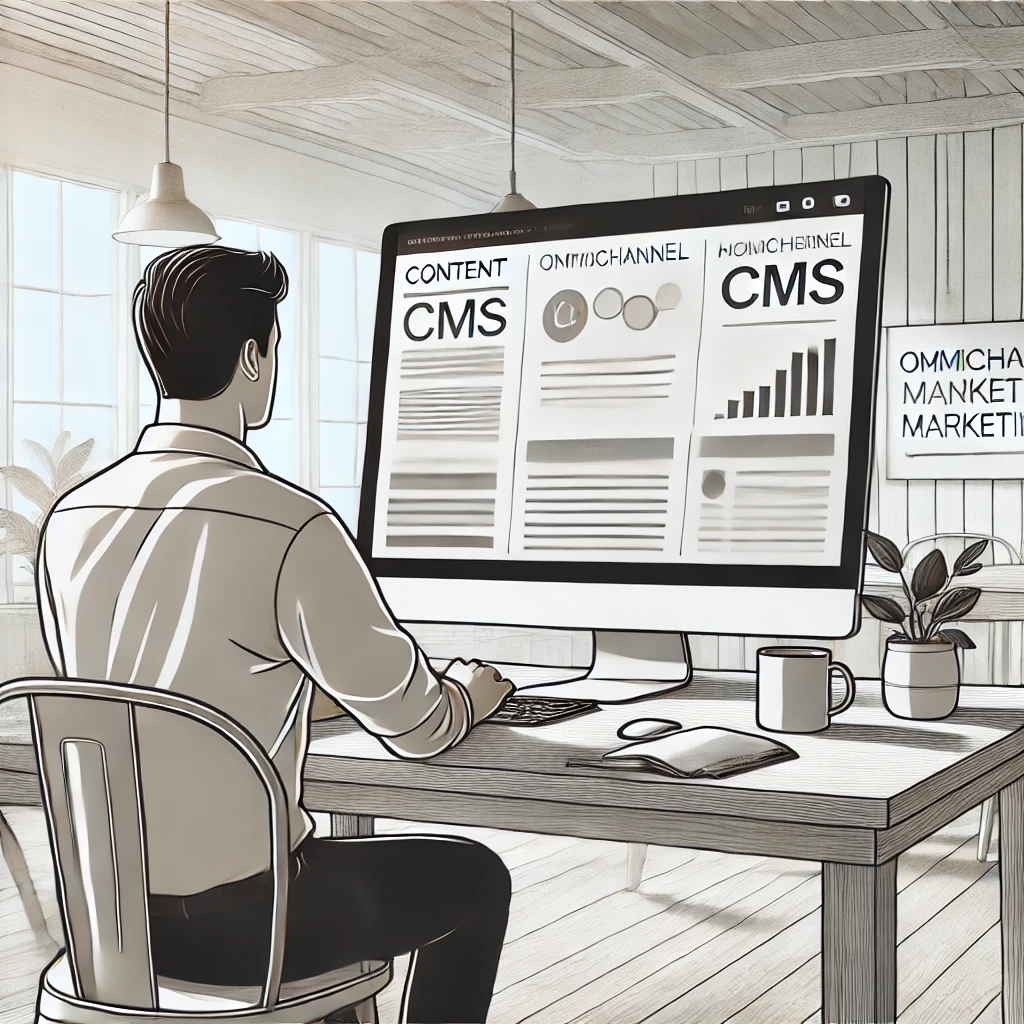
How Headless CMS Empowers Omnichannel Marketing Strategies
Boost your omnichannel marketing strategy with a Headless CMS. Centralize content management, deliver personalized customer experiences, and ensure consistency across platforms.
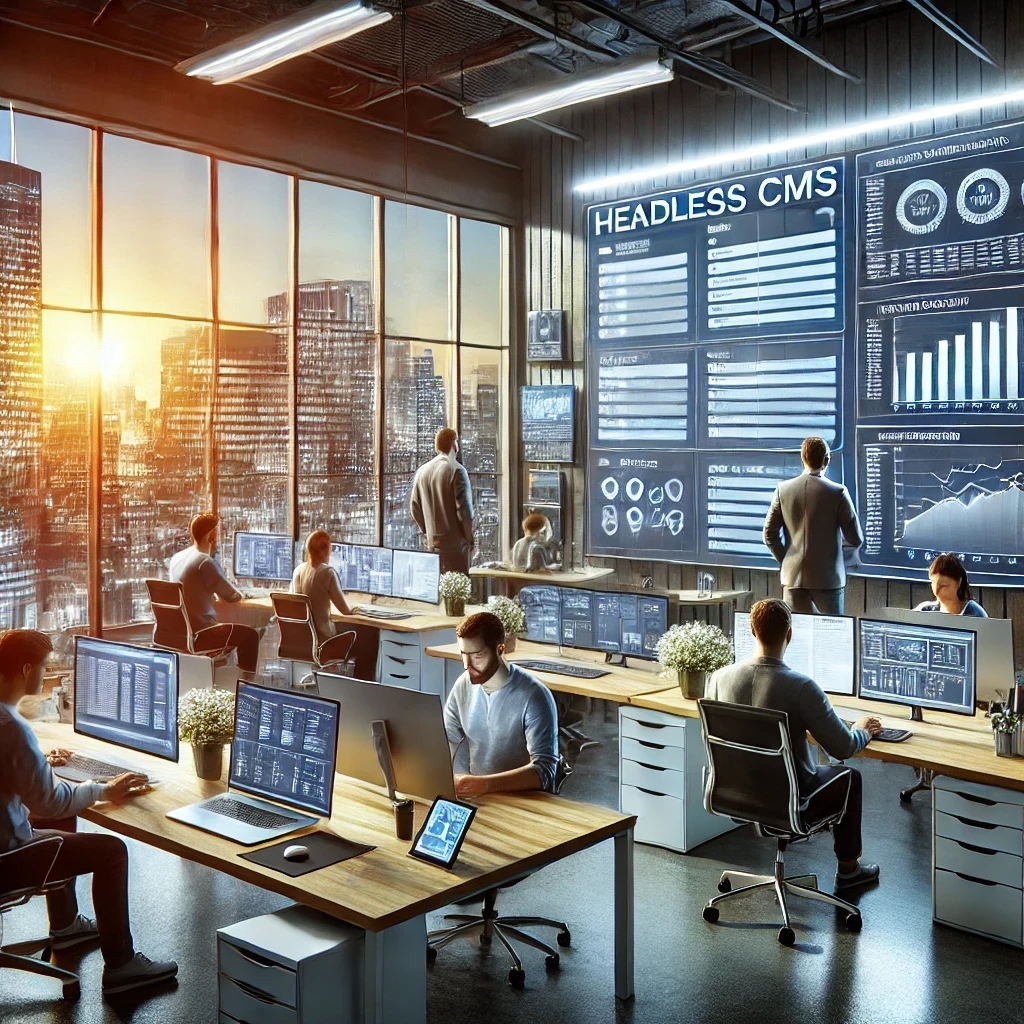
How to Scale Your Website with a Headless CMS for High Traffic
Scale your website effortlessly with a headless CMS like Orbitype—achieve faster load times, seamless scalability, and reliable performance during high-traffic surges

CMS for React - Orbitype Headless CMS
Orbitype is the ideal CMS for React developers, combining seamless API integration, flexible content management, and scalability to create fast, dynamic, and customizable web applications effortlessly.
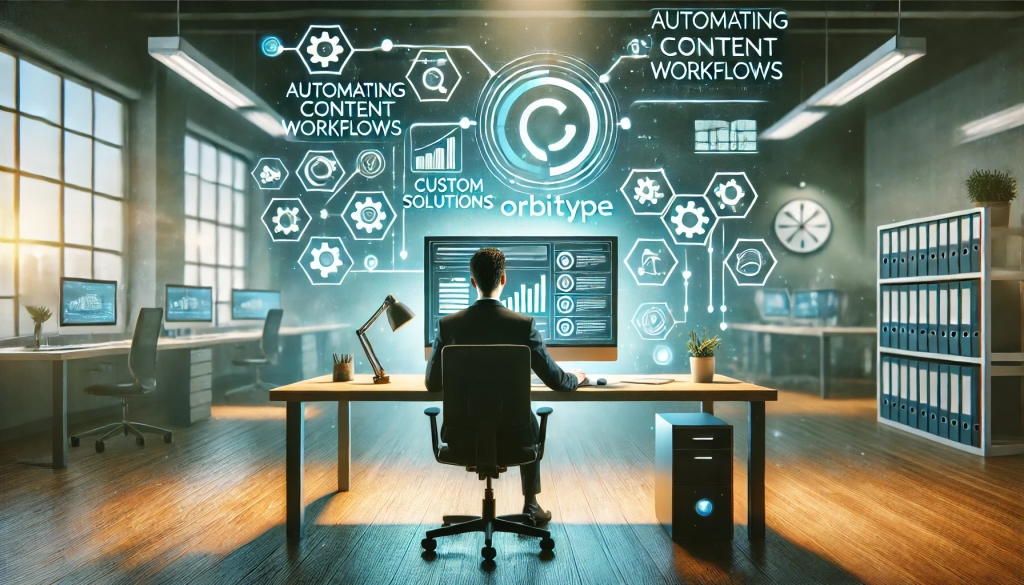
Automating Content Workflows with Orbitype’s Custom Solutions
Discover how Orbitype's custom CRM and ERP solutions revolutionize content workflows. Automate processes, reduce manual tasks, and improve productivity for software development agencies with tailored tools for seamless collaboration and efficiency.